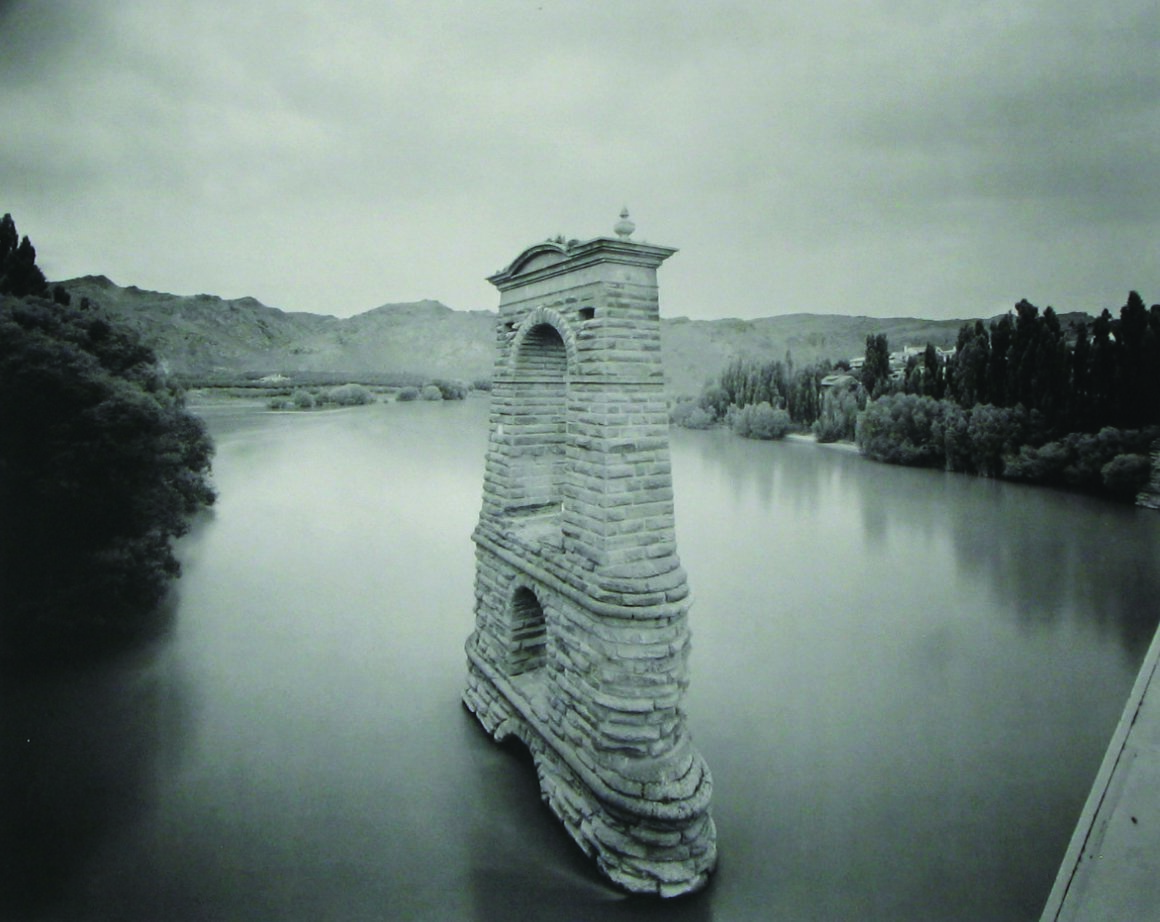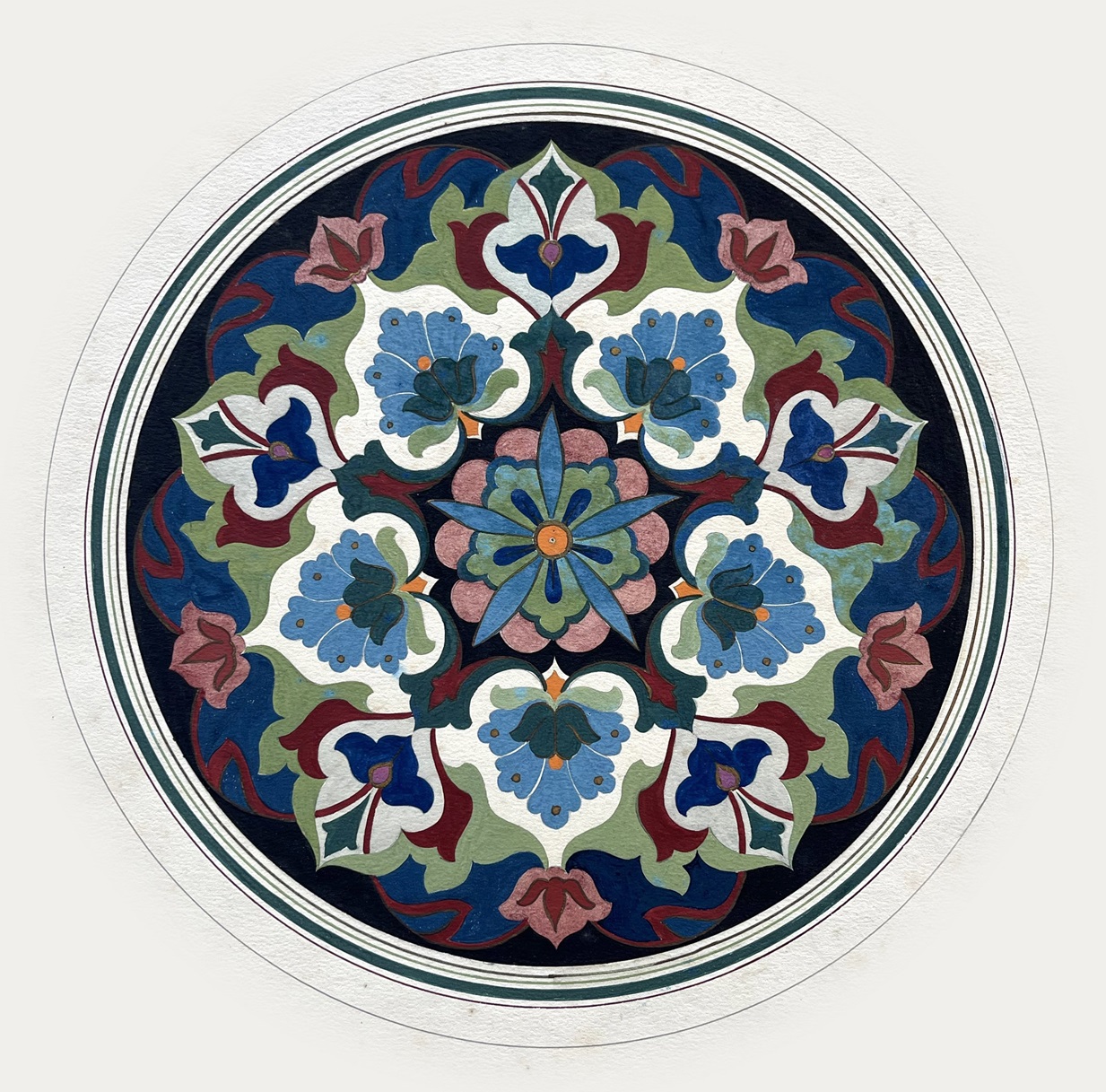
Among the rocks and rolling paddocks of the Strath Taieri, snuggled in behind some old stone sheep yards, is a former shearing shed.
Painted grey, there is little to show of its past; instead, french doors open into a tidy workshop. To the left is what jeweller Kobi Bosshard declares is the best workshop he has ever had. To the right is a newer addition, a weaving loom.
His wife, former art dealer with Bosshard Gallery (now Brett McDowell Gallery) Patricia Bosshard-Browne and owner of the loom, admits moving in to her husband’s domain has taken a bit of rearranging and adjusting for both of them.
Although down-sizing is something they have done before. Last time, it was a much bigger move — from Dunedin to their stone cottage near Middlemarch.
That move required them to put much of their art collection, selected over many years from the artists they worked and socialised with such as Ralph Hotere, Philip Trusttum, Jeffrey Harris, Joanna Margaret Paul, Laurence Aberhart, Ian Scott, and Russell Moses, into storage.

They selected the gallery as Bosshard-Browne had worked with Eastern Southland since the days she used to visit galleries with a car full of paintings to see if they wanted to exhibit them. Over the years, she formed a relationship with Jim Geddes, now the district curator, and his wife, Marcella.
"What I like is the essence of the place and that whole area there, this is unknown in this country."
Geddes says the Bosshards were enormously supportive when the gallery was established.
"We greatly value their friendship and ongoing generous support of Gore District."
For Bosshard-Browne, having a precinct of facilities dedicated to art, culture and heritage meant it drew in people from all backgrounds and opened the opportunity for children to be exposed to things they would not normally be, possibly planting the seed of the next generation of artists or creatives.

"It was really awful, because I’ve had those things since the beginning of my career. So it was a real loss."
That feeling of loss lessened when they walked in to Eastern Southland Art Gallery recently to see a selection of works exhibited, including a work by Trusttum that played a prominent role in Bosshard’s 70th birthday celebrations.
"It was great to walk into the gallery and see this glowing thing, which we haven’t seen for 10 years."
It has also been a bit of a walk down memory lane for both of them as alongside the exhibition of the art works is "Lineage", an exhibition examining the professional heritage of Bosshard, featuring jewellery, photographs, drawings and memorabilia illustrating and documenting the jewellery-making tradition of his family over the last 130 years.
"The emphasis is not on jewellery from my point of view."

"So I thought for me closing down, it would be quite appropriate to do this together, looking back. It’s a way of paying respect to the tradition of the craftsman and then to my father and grandfather and to me."
Jakob Bosshard, Bosshard’s grandfather, opened his first shop in Uster, Switzerland, in 1895, after learning his trade and attending art school part-time.
"The drawings in the exhibition, most come from his time at the art school. They were done when he was between 16 and 19. They’re incredibly beautiful and intricate."
His son, Heinrich, took over the business in 1930, expanding it considerably.
It was an accidental heritage, Jakob falling into the jewellery business at the suggestion of an uncle as a bad hip ruled him out of the family gardening business. Then Bosshard’s father decided to follow in his father’s footsteps, even though it was music and playing the piano that was his passion.

It was when his parents employed goldsmith Martin Bodmer that Bosshard discovered his love of the art.
"I hung over his workbench for hours."
An extra work bench was installed and he learned to make simple pieces, so when it came time to choose his trade it was easy.
Tradition held it that an apprentice did not learn from his father, so Bosshard’s father secured an apprenticeship for Bosshard with a prominent and innovative jeweller in Zurich, Herr Burch.
"The design of all the work was radically different from the work of other jewellers."

So he took a job as a "garbiologist" and cleaner at the Hermitage hotel, where he met Bosshard-Browne, who was working as a housemaid.
After marrying and a trip home to Switzerland, they returned and settled in Christchurch before moving to Akaroa, where Bosshard installed his first "proper" workshop and, with their three children a little older, Bosshard-Browne opened her first gallery.
In 1976, they moved to Dunedin, after some encouragement from friends. She set up her gallery in Princes St but it was too far away for many people so she found space on Dowling St.
"We liked Dunedin — if it was to be any city, it was to be Dunedin," Bosshard says.
Bosshard set up practice at Fluxus next to Bosshard-Browne’s gallery in Dowling St with Steve Mulqueen, and later in lower Stuart St with Lynn Kelly, Ann Culy and Georg Beer.

"Most of the work actually comes now out of what the material, what I like to think, it wants to do. And it’s not resisting. And the process is not trying to impose. I think that’s the biggest step I’ve made. Now I think that ring is one of the best things I’ve ever made."
Over the years, the couple picked up pieces of art work they loved, although they always gave the customers first dibs.
"We didn’t put a red sticker on the painting we wanted. We held our breath that it didn’t sell."
When Bosshard-Brown retired in her 50s, she went to art school to learn to weave and continues to practice. A piece of her work hangs on the living room wall alongside works including Hotere’s and a Milan Mrkusich which fills a wall.
"It’s a painting that gives you, your brain, a space and a rest, and it clears the head and it’s very meditative. So for that one, we found a wall."

Bosshard attributes his success as a jeweller in part to the isolation of New Zealand and his love of climbing, which helped feed his work.
"I was able to grow and develop my work in my own time and at my own pace. I was never influenced by trends and fashions and unrealistic ambitions. I can confidentially say that all the work I have made is my own and is of New Zealand."
He hopes his work adds to the traditions his father and grandfather started.
"I think we find often tradition gets mixed up with convention. I think the first obligation when you get into a tradition is to challenge it. To look at it, to see what it is. And then to ask questions. And if you do that, and you work, and if you’re successful, you may add a little bit to the tradition. Just a tiny little bit, which from then on becomes part of the tradition which is being passed down. And that’s the point where you become a master. A master of the craft."
To see
"Lineage: 130 Years of Bosshard Jewellery" and "The Bosshard Browne Collection", Eastern Southland Gallery, Gore, until November 23












